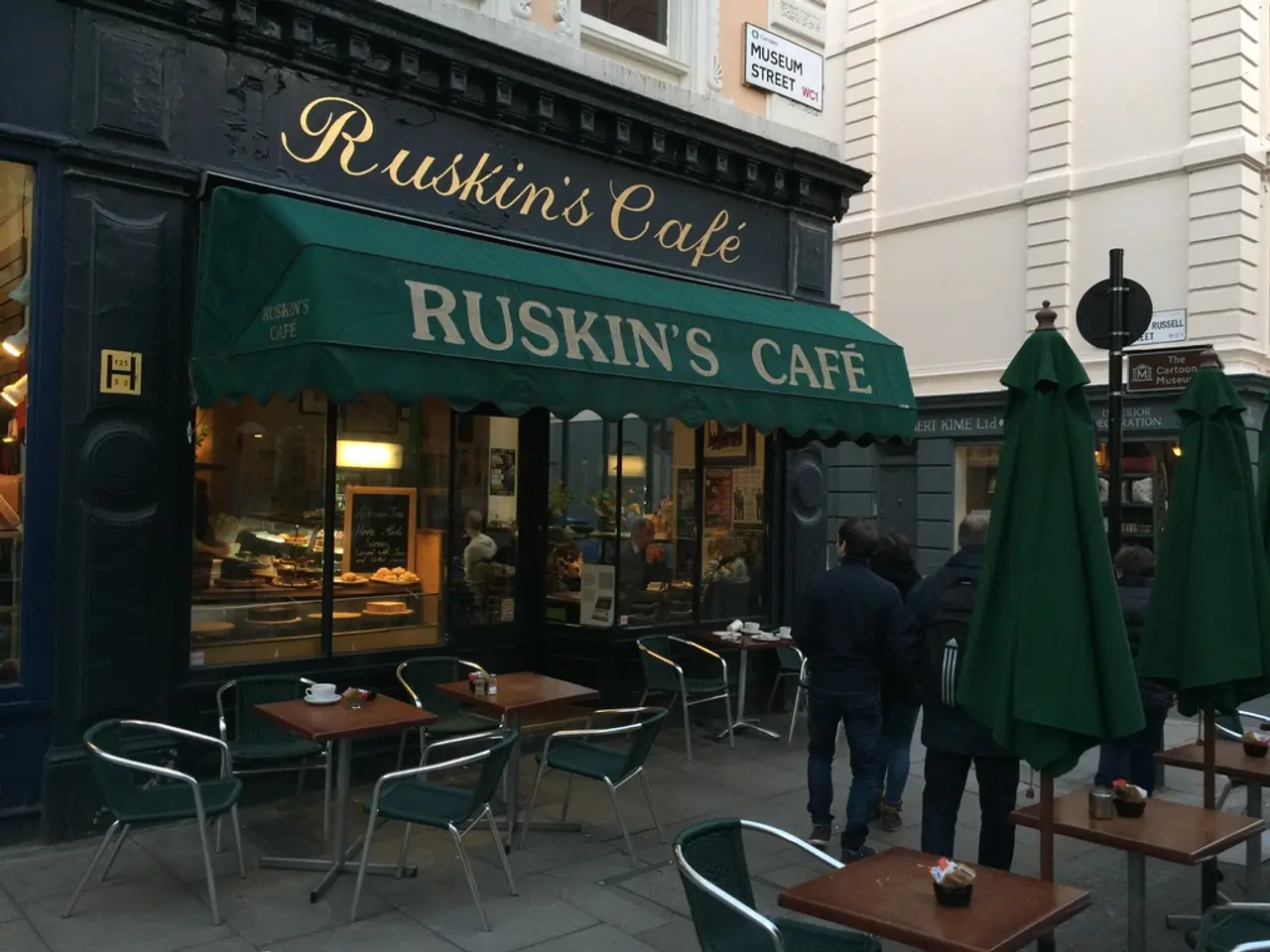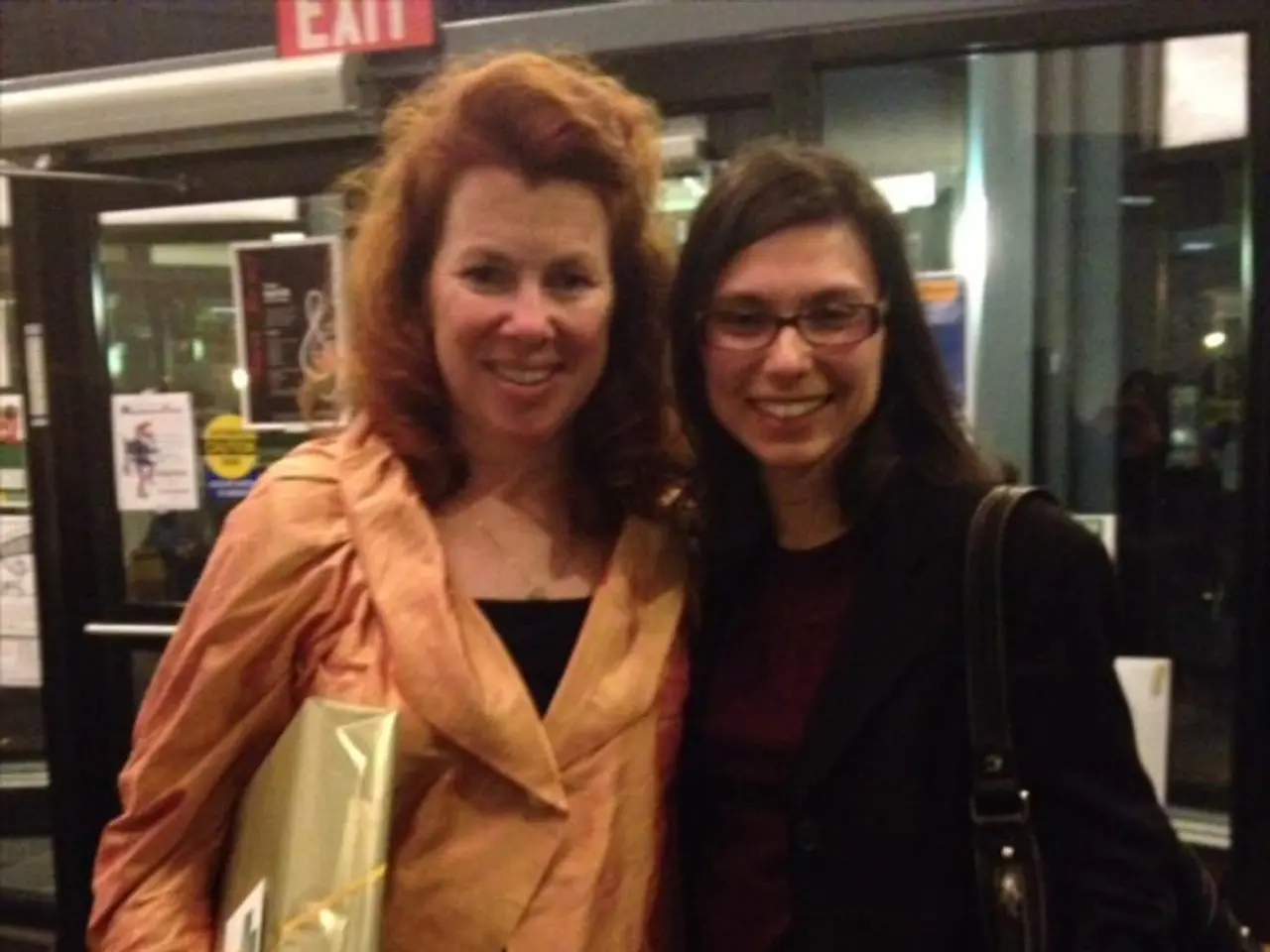Impact of Closing 7-20-25 and Baspana on Mortgage Affordability
Navigating Home Loans After the Shutdown of Kazakhstan's Housing Programs
The cessation of the "7-20-25" and "Baspaq Hit" mortgage programs in Kazakhstan might leave some individuals questioning their options for securing home loans. But fear not! Here's a rundown of alternative financing possibilities.
First off, the EBRD’s Kazakhstan Green Economy Financing Facility II (GEFF Kazakhstan II) is worth a look. This program offers up to $30 million equivalent in local currency to support energy-efficient residential and commercial projects. While these funds are not traditional mortgages, they can help households access renewable energy technologies and climate adaptation measures through partner financial institutions like Bank CenterCredit[1].
Another potential avenue lies with youth and women-focused business loans. The Youth in Business Program offers $20 million equivalent in loans to micro, small, and medium enterprises (MSMEs) led by individuals under 35, including concessional co-financing and grants[1]. Similarly, the Women in Business Program II provides $10 million equivalent (with a separate $25 million loan to KMF MFO) for women-led MSMEs, including technical assistance[1][2]. Although these programs target businesses, they could indirectly support housing-related ventures for eligible borrowers.
The Asian Development Bank’s 15.6 billion KZT ($34 million) raised via gender bonds supports women-focused financing initiatives, potentially offering tailored loan products through local partners[3].
As the world of finance evolves, globally, lenders are adopting automation, AI-driven underwriting, and specialty finance models, which could lead to the introduction of digital-first mortgage products in Kazakhstan and help fill the gap left by closed programs[4][5].
Traditional bank mortgages remain an option as well. Recent EBRD investments (over €11 billion in 335 projects) have boosted the strength of private lenders like Bank CenterCredit, which could expand retail lending[1].
Eligibility, sustainability, and market trends should be considered when evaluating these alternative financing options. For instance, GEFF II focuses on energy-efficient housing, aligning with global green lending trends[1][5]. Additionally, the specialty finance and private credit markets are growing, signaling potential for new mortgage-like products[5].
Although direct mortgage alternatives are limited post-closure, the aforementioned programs provide pathways for housing-related financing through non-traditional channels.
- The EBRD’s Kazakhstan Green Economy Financing Facility II (GEFF Kazakhstan II) could be a possibility for securing funds, offering up to $30 million equivalent in local currency for energy-efficient residential and commercial projects.
- The Youth in Business Program and the Women in Business Program II provide loans specifically for businesses led by young individuals under 35 and by women, respectively, which could indirectly support housing-related ventures for eligible borrowers.
- The Asian Development Bank’s 15.6 billion KZT ($34 million) raised via gender bonds support women-focused financing initiatives, potentially offering tailored loan products through local partners.
- As the world of finance evolves, digital-first mortgage products could be introduced in Kazakhstan, filling the gap left by closed programs and aligning with the growing trends in automation, AI-driven underwriting, and specialty finance models.




